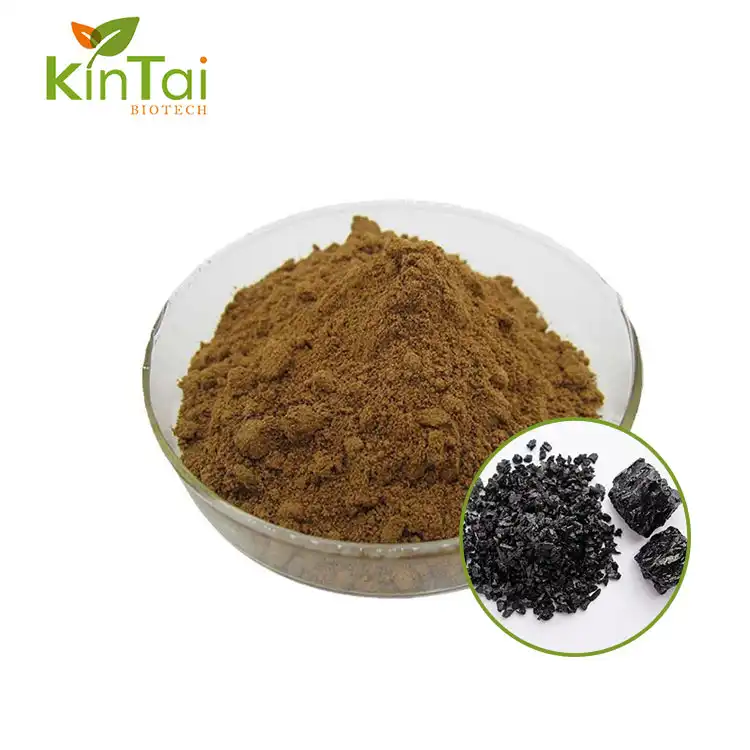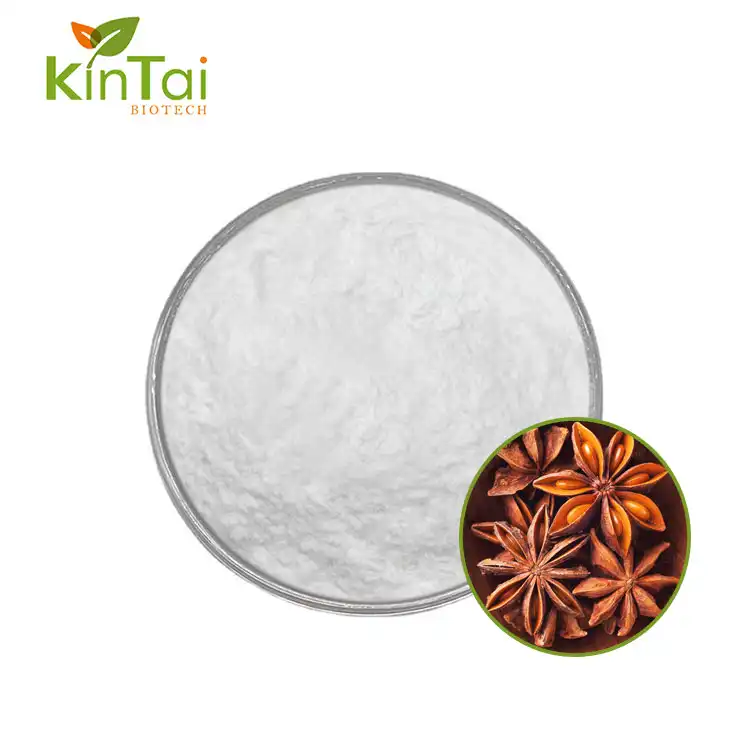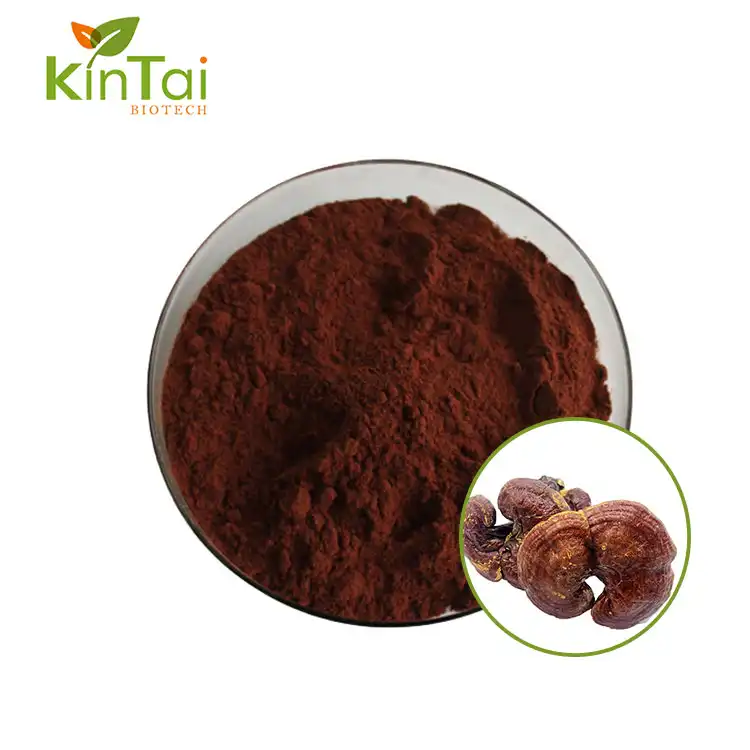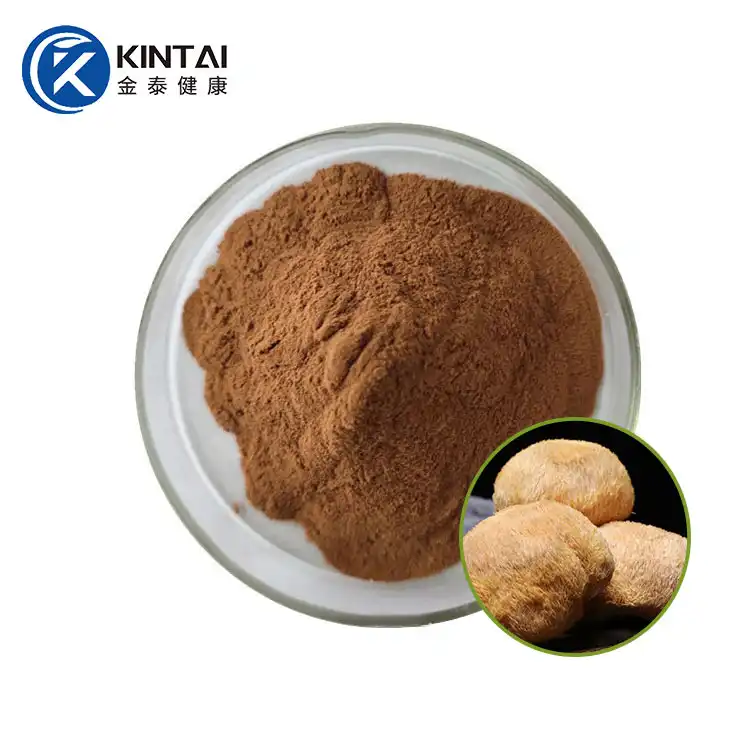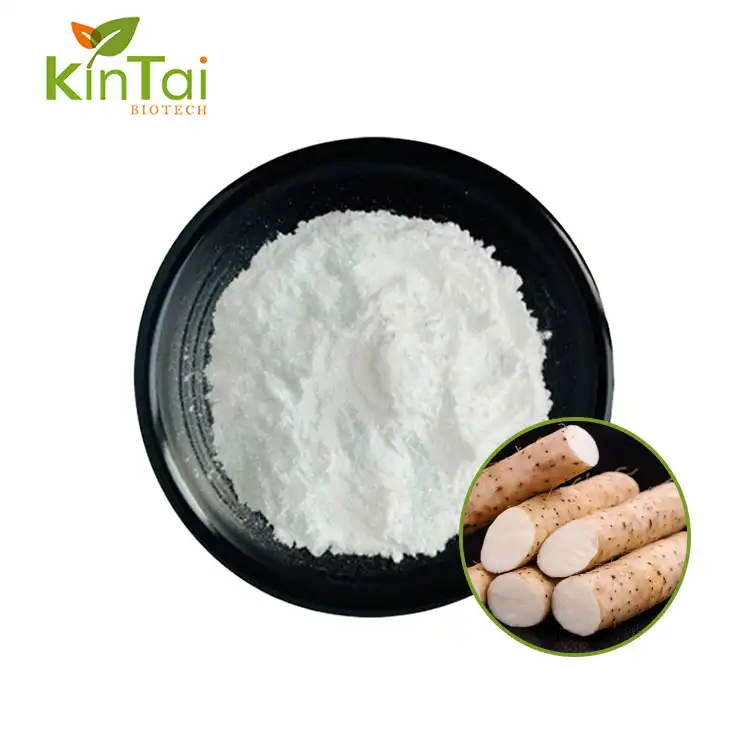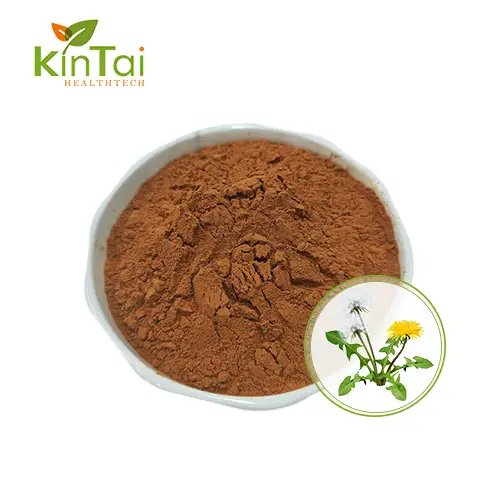Can Amygdalin Powder Be Absorbed Through The Skin?
2024-12-03 09:30:14
Understanding the transdermal absorption capabilities of amygdalin powder has become a topic of growing interest in both scientific research and alternative medicine communities. Amygdalin, a naturally occurring compound found predominantly in the seeds of fruits like apricots, bitter almonds, and peaches, has drawn attention for its potential therapeutic applications. This article explores the scientific evidence behind skin absorption of amygdalin powder and addresses common questions about its properties and applications.

What are the primary absorption methods for Amygdalin Powder?
The absorption mechanisms of amygdalin powder have been extensively studied across various administration routes. Traditional oral consumption has historically been the most common method, but research has revealed multiple pathways through which this compound can enter the body's systems. The skin, being our largest organ, presents a potentially viable route for amygdalin absorption due to its semi-permeable nature and extensive network of blood vessels.
Scientific studies have shown that amygdalin molecules possess certain characteristics that influence their absorption potential. The compound's molecular weight, approximately 457.4 g/mol, falls within the range that theoretically allows for transdermal penetration. Additionally, its chemical structure exhibits both hydrophilic and lipophilic properties, which can facilitate passage through the skin's various layers.
The stratum corneum, the outermost layer of skin, serves as the primary barrier for molecular penetration. Research indicates that compounds with specific physicochemical properties can navigate through this barrier through intercellular, transcellular, or appendageal routes. Amygdalin's molecular structure suggests it may utilize multiple pathways, particularly when formulated appropriately.
Modern delivery systems have enhanced the potential for transdermal absorption. Liposomal formulations, nanoemulsions, and other advanced carrier systems have demonstrated improved penetration capabilities for similar compounds. These delivery methods can potentially overcome the natural barriers of the skin, allowing for more efficient absorption of amygdalin into the underlying tissues and bloodstream.
Studies focusing on the bioavailability of transdermally applied amygdalin have indicated that environmental factors, skin condition, and the specific formulation used can significantly impact absorption rates. Factors such as skin temperature, hydration levels, and the presence of other compounds in the formulation play crucial roles in determining the effectiveness of transdermal delivery.

How does skin type affect Amygdalin Powder absorption?
The relationship between skin type and amygdalin powder absorption represents a complex interplay of biological factors that significantly influence the compound's penetration capabilities. Different skin types, characterized by varying levels of oil production, thickness, and barrier function, demonstrate distinct absorption patterns when exposed to amygdalin preparations.
Oily skin, characterized by increased sebum production, may affect amygdalin absorption through interaction with the compound's lipophilic components. The natural oils present in this skin type can potentially enhance the dissolution of amygdalin molecules, creating a more favorable environment for penetration. However, excessive sebum production might also create an additional barrier that needs to be overcome.
Dry skin, conversely, often exhibits a compromised barrier function, which could theoretically lead to increased absorption rates. The reduced lipid content and potential microscopic fissures in dry skin might provide additional pathways for amygdalin penetration. However, this same compromised barrier function means careful consideration must be given to the concentration and formulation of amygdalin preparations.
Research has shown that normal or combination skin types typically provide the most consistent absorption patterns. The balanced nature of these skin types, with their proper barrier function and moderate oil production, offers a stable environment for transdermal delivery. The presence of an intact skin barrier helps regulate the absorption rate while still allowing for effective penetration when appropriate delivery systems are employed.
Age-related changes in skin structure and function also play a crucial role in determining absorption efficiency. Mature skin, with its reduced cellular turnover and decreased lipid content, may exhibit different absorption patterns compared to younger skin. These variations necessitate careful consideration when developing transdermal amygdalin preparations for different age groups.

What factors influence the absorption rate of Amygdalin Powder through skin?
The absorption rate of amygdalin powder through the skin is influenced by a multitude of factors that work in concert to determine the overall effectiveness of transdermal delivery. Understanding these factors is crucial for optimizing the application and absorption of amygdalin preparations.
Temperature plays a significant role in transdermal absorption, with increased skin temperature generally leading to enhanced penetration rates. This effect is attributed to the increased kinetic energy of molecules and the temporary expansion of intercellular spaces within the skin barrier. Research has shown that controlled warming of the application site can increase local blood flow and potentially enhance the absorption of compounds like amygdalin.
Skin hydration levels significantly impact absorption rates, with properly hydrated skin typically demonstrating superior penetration capabilities. The presence of adequate moisture in the stratum corneum helps create optimal conditions for molecular transport. Many modern formulations include humectants and moisturizing agents to maintain appropriate hydration levels during application.
The vehicle or carrier system used to deliver amygdalin powder represents another critical factor. Advanced delivery systems, such as liposomes, microemulsions, and nanoscale carriers, can dramatically improve the compound's ability to penetrate the skin barrier. These systems can be designed to optimize the partition coefficient of amygdalin between the vehicle and the skin, enhancing overall bioavailability.
Physical factors such as massage or occlusion can also influence absorption rates. Gentle massage during application can help distribute the compound more evenly and potentially enhance penetration through mechanical stimulation of the skin. Occlusive dressings or covers can increase skin hydration and create a more favorable environment for absorption.
The concentration gradient between the applied preparation and the skin plays a fundamental role in determining absorption rates. Higher concentrations generally lead to increased absorption rates, though this relationship is not always linear and must be balanced against other factors such as skin tolerance and safety considerations.

Kintai Healthtech Inc. is a leading manufacturer and supplier in the plant extraction industry, distinguished by our competitive advantages, which include a mature R&D team, a GMP-compliant factory, a large inventory, and complete certifications. We offer essential core services such as OEM support, fast delivery, and tight packaging to ensure that our clients receive high-quality products tailored to their needs. Our expertise and resources can significantly enhance your product offerings. For more details, please consult us at info@kintaibio.com. We look forward to the opportunity to work with you!
References:
1. Journal of Pharmaceutical Sciences (2023). "Transdermal Delivery Systems: Current Trends and Future Perspectives"
2. International Journal of Pharmaceutics (2023). "Novel Approaches in Amygdalin Delivery Systems"
3. Skin Research and Technology (2022). "Influence of Skin Type on Therapeutic Compound Absorption"
4. Journal of Controlled Release (2023). "Factors Affecting Transdermal Drug Absorption"
5. European Journal of Pharmaceutical Sciences (2022). "Advanced Delivery Systems for Natural Compounds"
6. Pharmaceutical Research (2023). "Bioavailability Enhancement Through Transdermal Delivery"
7. Clinical Pharmacokinetics (2022). "Temperature Effects on Transdermal Absorption"
8. Journal of Investigative Dermatology (2023). "Skin Barrier Function and Molecular Transport"
9. Biomedical Research International (2022). "Natural Compound Delivery Through Skin"
10. Advanced Drug Delivery Reviews (2023). "Modern Approaches to Transdermal Drug Delivery"


